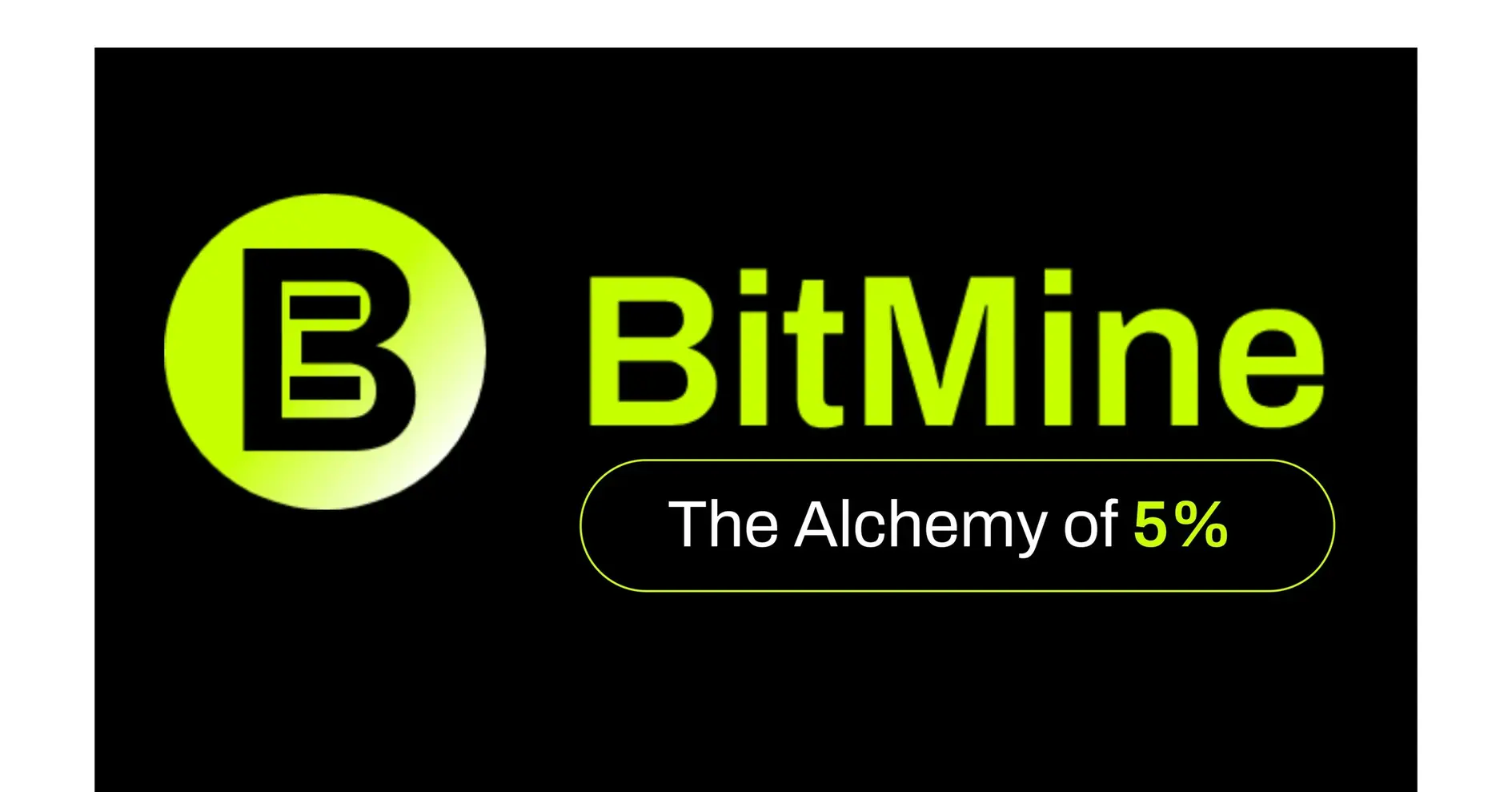T4K3.news
US considers 10 percent stake in Intel
White House officials say talks are underway to convert CHIPS Act grants into equity for Intel, potentially giving the government a major stake.
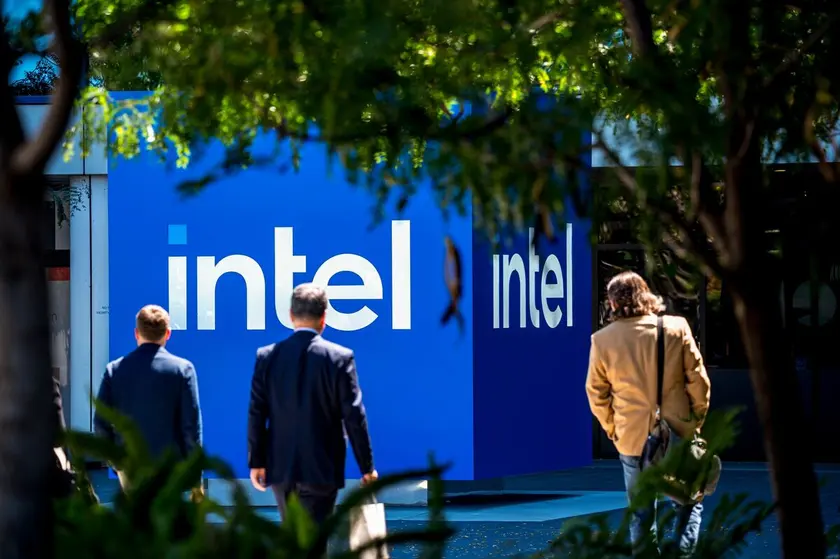
The Trump administration may convert CHIPS Act grants into equity and take about 10% of Intel, potentially making the government the chipmaker’s largest shareholder.
Trump Seeks 10 Percent Stake in Intel
The Trump administration is examining a plan to acquire roughly 10 percent of Intel Corp., with discussions focusing on converting CHIPS Act grants into equity. If realized, the move could make the United States Intel’s largest shareholder and shift government involvement in a major private tech company. Intel is slated to receive about 10.9 billion in CHIPS Act grants for commercial and military production.
The discussions are described as exploratory and would require governance safeguards and likely congressional approval. Any action would align with a broader push to strengthen domestic semiconductor supply chains and protect national security while balancing market dynamics. The potential stake would connect future federal support to equity and offer a tangible return, but also raise questions about governance, transparency, and taxpayer risk.
Key Takeaways
"The move would make Intel the government’s largest shareholder."
state stake size and potential control
"This approach blends policy ambition with market risk."
editorial perspective on governance
"Investors will watch for governance and returns."
market confidence and oversight
"Domestic chip supply and national security could ride on this decision."
policy implication and risk
The idea signals a shift in how policy tools are used to back domestic tech champions. A government stake could help secure supply chains and align industry goals with public priorities, yet it also risks politicizing business decisions and distorting private investment signals. If the arrangement goes forward, it may set a precedent for federal involvement in private companies and invite scrutiny from markets and lawmakers alike.
The move will test the boundary between stimulus and state control. It could influence investor confidence, board independence, and the way profits or losses are allocated to taxpayers. In a sector where competition is fierce, this is less a simple bailout and more a test of how far policy can steer market outcomes without undermining innovation.
Highlights
- State money meets private chips
- A government stake changes market power
- Policy meets profit in a high stakes tech game
- Who profits when public funds back private innovation
Political and budget risk from government stake in Intel
The plan links federal money to private profits, raising concerns about budgetary impact, market distortion, transparency, and public accountability. It could invite political backlash and investor scrutiny if not carefully designed.
The policy path now hinges on governance, oversight, and how much the public is willing to back private innovation.
Enjoyed this? Let your friends know!
Related News
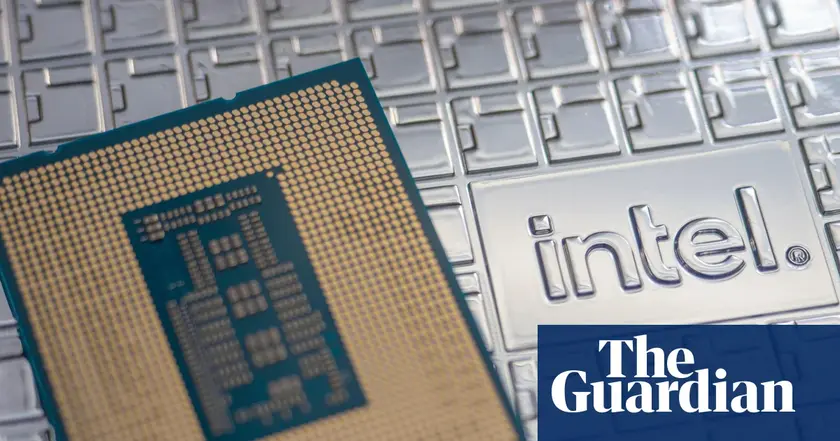
Intel secures SoftBank investment amid stake talk
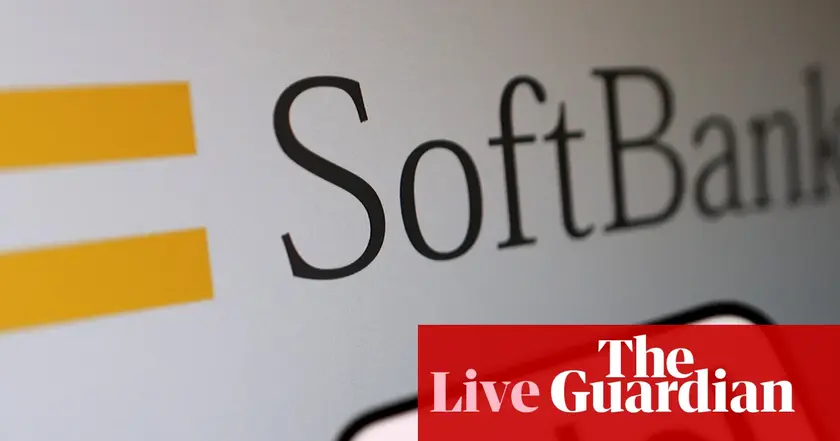
SoftBank invests in Intel for 2 percent stake
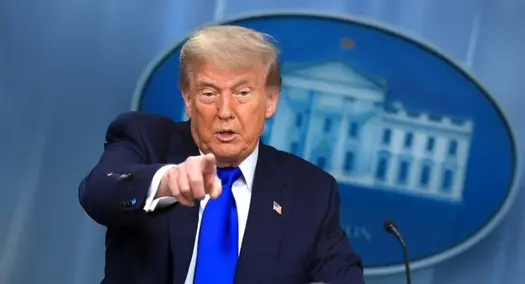
Trump administration eyes 10% Intel stake
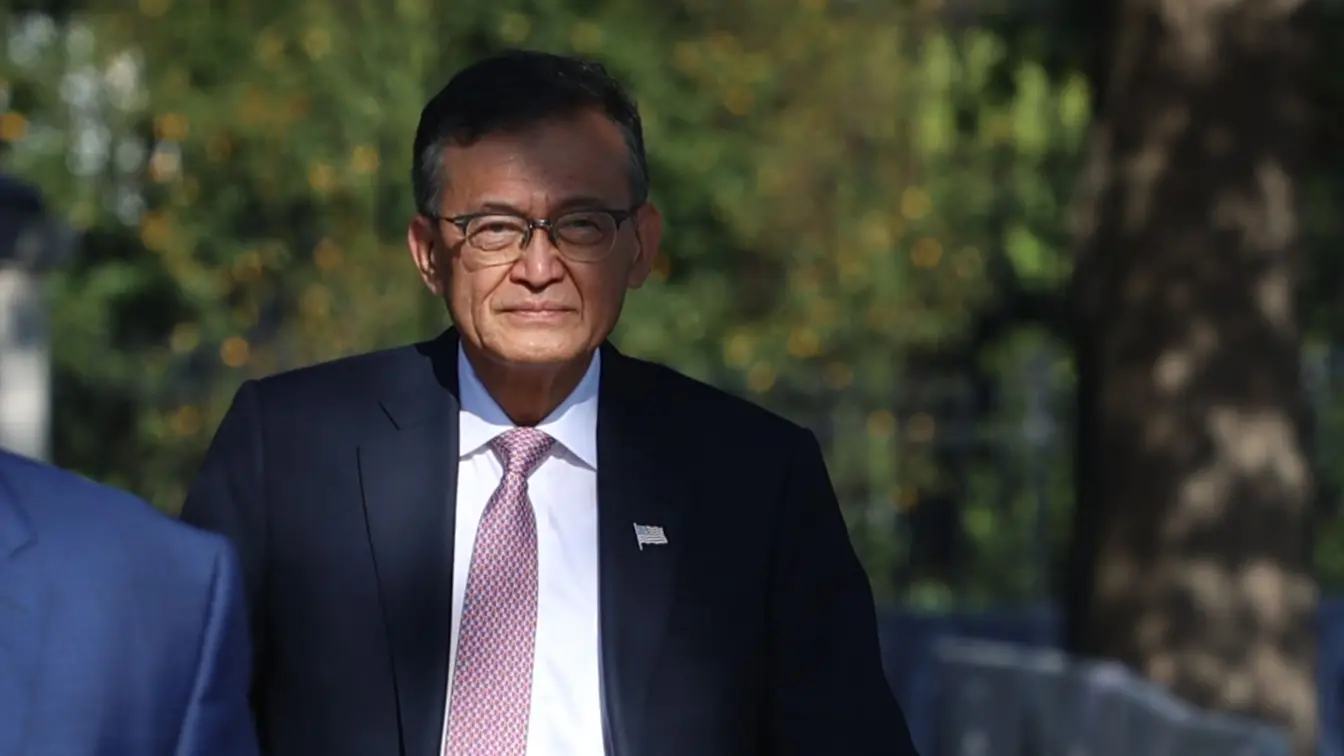
US weighs stake in Intel
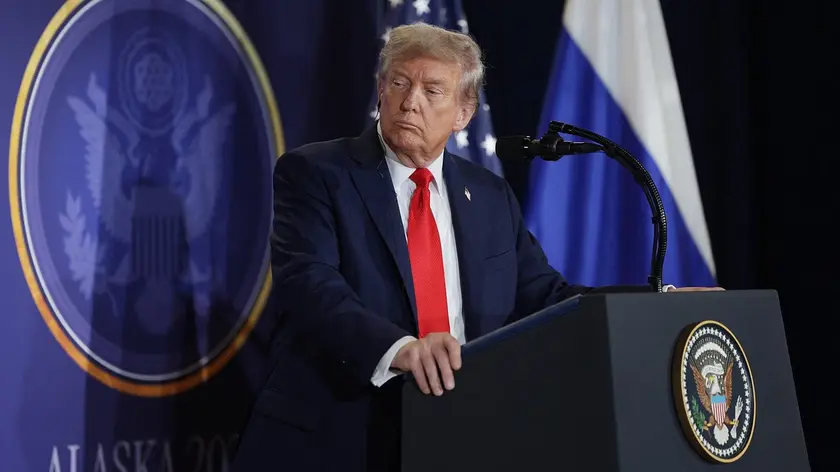
Trump moves on Intel stake

Idaho Implements New Vaccine Policies Amid Trust Crisis

Grocery inflation cools but discounters push hard
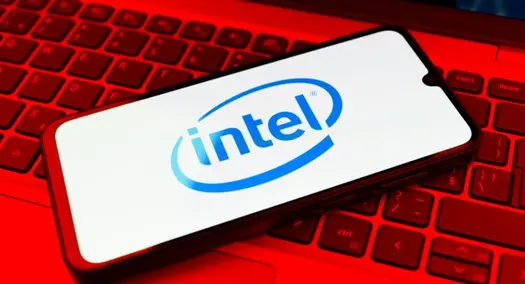
Intel reports Lunar Lake gains for gaming
